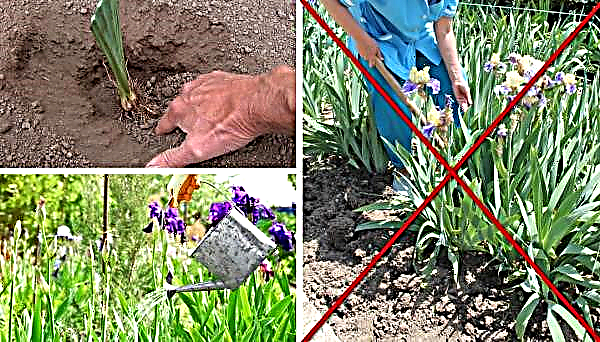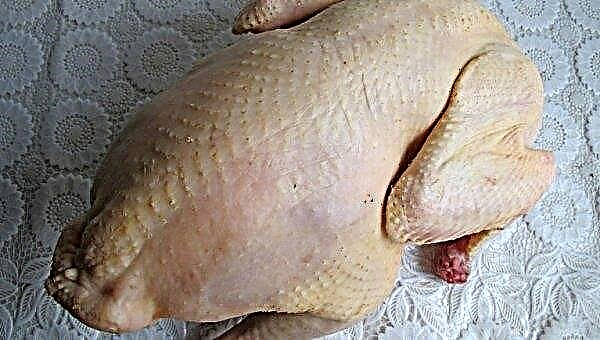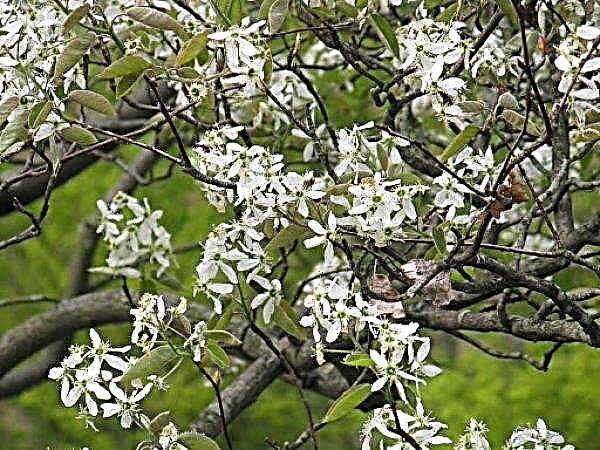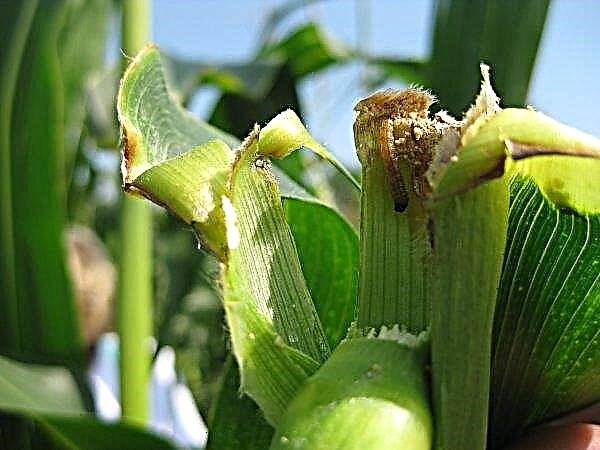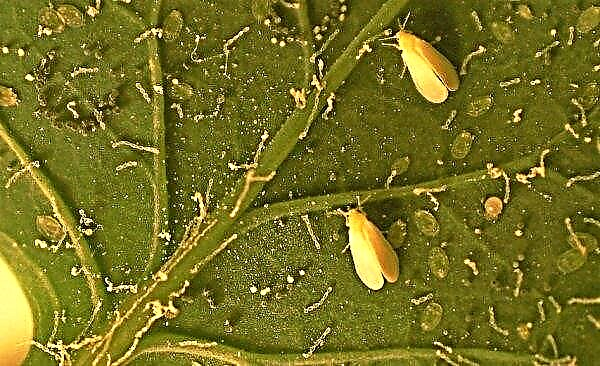Anthurium is a beautiful flower, the pride of the collection of many gardeners. This is a demanding plant, and from the slightest blunders it begins to fade. At this point, the owner needs to make every effort to restore it. About what to do if the anthurium disappears, read on in the article.
Signs of the need for flower rejuvenation
If the anthurium disappears, most likely it is time to rejuvenate it.
The following signs indicate this:
- an elongated stump with leaves remained from the plant;
- the trunk is bare at the bottom;
- there are fewer leaves, and more lateral stems;
- the flowers stopped blooming;
- the buds are smaller.

Depending on the conditions, the need for rejuvenation occurs 5-10 years after purchase.
The condition of the plant is adversely affected by the mistakes of the owner:
- frequent drafts;
- daylight shorter than 12 hours;
- direct sunlight;
- air temperature below + 17 ° С and above + 25 ° С;
- humidity below 80%;
- waterlogging of the soil and stagnation of water;
- complete drying of the substrate;
- lack of top dressing;
- hard watering;
- neglect of transfers;
- untimely treatment of diseases.
Important! The above factors exacerbate the condition of the flower. If you do not change the approach to growing in time, the plant will die.
Signs of improper flower content
Anthurium suffers from improper care and immediately signals this to the owner. By external changes, you can determine what mistake was made.
| Sign | Mistake in leaving |
| Leaves twist | Little light, dry air |
| Black spots on the leaves | Stagnant water in the substrate |
| Yellow leaf tips | Drafts, low temperature |
| Black leaf tips | Hard and cold watering |
How to save anthurium from death at home
To save anthurium, it must be rejuvenated.
Rejuvenation is carried out in two ways:
- Activating Aerial Roots. This plant is epiphytic and has aerial roots. Wrap them in moist sphagnum moss and leave them in a warm place. Soon, the roots will sprout, and then they can be cut from the stem. In this case, you do not need to remove the moss. Aerial roots now act as seedlings. They can be planted in a pot and wait for further growth.
- Rooting. Cut off the top of the plant along with several growth points. Place it in warm water and keep it in a room with a temperature of at least + 21 ° C. Soon the plant will take root, after which it can be planted in a pot.
Did you know? For centuries, Anthurium has grown only wild in the South American tropics. Europeans learned about the flower in 1876 thanks to the French botanist-researcher Eduard Francois Andre.
Transfer to another tank
A transplant can also help the plant.
Perform it this way:
- At the bottom of the new tank, lay the drainage mixture.
- Fill the container one third with a pre-prepared substrate.
- Carefully remove the plant from the old pot.
- Inspect the roots for rot. Cut the rotting part, cut with crushed activated carbon.
- Put the flower in a new container and spread the roots.
- Pour the remainder of the substrate into the pot.
For the transplant, the type of pot is important. It is better to choose a transparent plastic container - the florist will thus be able to monitor the state of the root system. The size should be comparable to the size of the roots. The root system should fit completely in the container, but in order to leave room for the substrate.
Video: Anthurim rejuvenation
The choice of soil for rooting plants
An important role for the flower is played by the soil. In the right substrate, the plant will take root quickly and grow.
Soil should be:
- loose;
- slightly acidic;
- ventilated;
- coarse fiber.
The substrate can be prepared according to several recipes.
For the first recipe you need to mix:
- 2 parts of turf;
- 2 parts peat chips;
- 1 part chopped moss.
Did you know? Esotericists argue that Anthurium gives men strength and brings success to the female.
The second way to prepare the substrate is to combine in equal parts:
- sheet earth;
- sand;
- coal;
- coniferous bark;
- peat crumb.

Care Features
Anthurium is a demanding plant.
All care procedures are important for him, including watering, fertilizing, pruning and replanting:
- Watering. Moisten the soil when the top layer of the substrate dries. Do not let the soil dry, but do not flood the roots. Pay attention to the air temperature: the colder the room, the less often you need to water the flower.
- Fertilizer. Use liquid supplements every 2–3 weeks between March and August. The best choice is complex mineral fertilizers. The flower also tolerates organics, but flower growers are advised to use preparations based on nutrient salts.
- Pruning. After flowering ends, it is better to prune the buds. Pruning is carried out only with a sharp knife, cutting off the flower at the very base. It is desirable to disinfect the slice by rubbing it with ash.
- Transfer. The roots of the flower increase with age. It becomes crowded in an old pot, so the plant needs to be transplanted regularly. Young anthuriums grow faster, so they should be transplanted annually. Older plants do not develop so intensively - they are transplanted every 2-3 years. The procedure is best done in the spring.
Useful tips for caring for anthurium
Anthurium is a very demanding plant. When growing it is not enough to follow the basic agricultural technology. It is also important to consider the nuances of the flower.
When leaving, pay attention to the recommendations of experienced gardeners:
- add bone meal to any type of substrate for better ventilation;
- use expanded clay, sand or dried cuttings as drainage;
- after buying a flower, be sure to transplant it into a suitable pot and soil - a store substrate usually does not suit him;
- when transplanting, it is good to plant children who grow on the trunk as it develops.
Important! Work with Anthurium carefully - its juice contains toxic substances.
Anthurium is a whimsical plant that requires appropriate care. If you do not follow the conditions of its cultivation, the flower may die. However, with timely rejuvenation, he will be saved and in the future will continue to please the owner with bright flowering.




